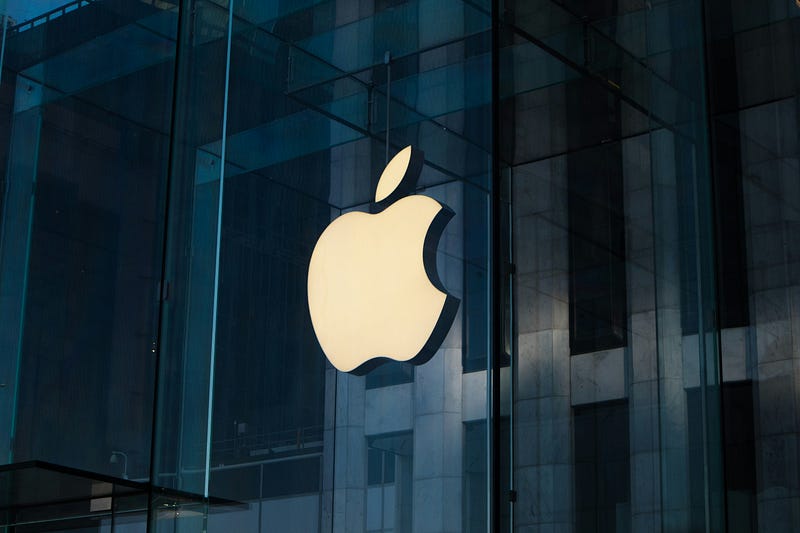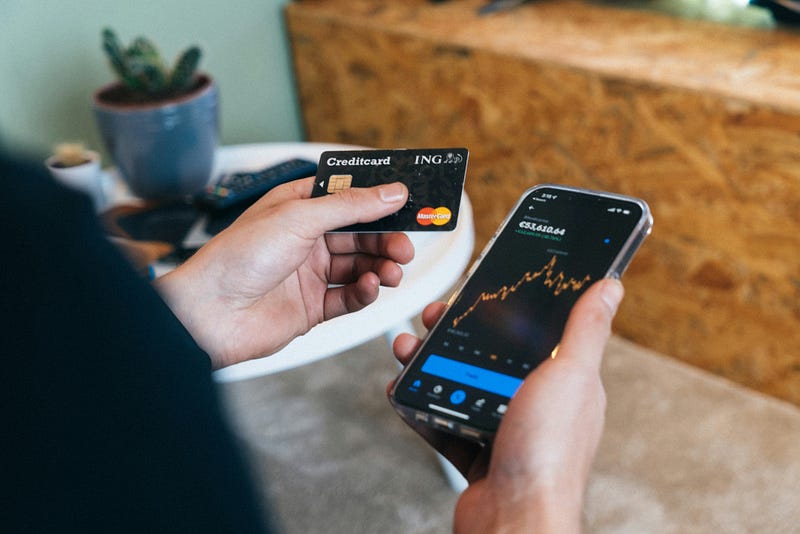Apple Card: A Digital Revolution in Your Wallet (But Is It for Everyone?)

In a world increasingly dominated by smartphones and digital transactions, Apple threw its hat into the ring in 2019 with the Apple Card. This credit card, unlike its plastic predecessors, lives entirely on your iPhone, seamlessly integrated into the Wallet app. But is this sleek and tech-savvy card all it’s cracked up to be, or is it just a shiny gadget for die-hard Apple fans? Let’s delve into the world of the Apple Card and see if it lives up to the hype.
Built for iPhone: Convenience at Your Fingertips
The Apple Card’s biggest innovation lies in its accessibility. Forget digging through your wallet for the right card at checkout. The Apple Card is readily available on your iPhone, allowing you to pay using Apple Pay with a simple tap. Signing up is a breeze, taking mere minutes within the Wallet app itself. No more waiting for weeks for a card to arrive in the mail. This streamlined approach makes the Apple Card incredibly user-friendly, especially for those already entrenched in the Apple ecosystem.
Transparency and Financial Fitness
Gone are the days of cryptic statements and hidden fees. The Apple Card prides itself on transparency. Your transactions are categorized clearly, and spending trends are displayed in an easy-to-understand format. The Wallet app even offers helpful insights into your spending habits, potentially nudging you towards better financial management.
This focus on financial health extends to interest rates. Apple offers a unique approach, displaying your interest rate upfront during the application process. There’s no guessing game or introductory periods to worry about. You’ll know exactly what you’re getting into from the get-go.

Rewards: A Tale of Two Percentages
The Apple Card entices users with a cashback reward system they call “Daily Cash.” Here’s where things get interesting. Apple offers a generous 3% Daily Cash back on all Apple purchases, from the latest iPhone to App Store subscriptions. This incentive is a clear win for Apple enthusiasts who regularly invest in the brand’s products and services.
However, for non-Apple purchases, the rewards structure gets a bit more complex. You’ll earn 2% Daily Cash back on transactions made using Apple Pay at select merchants. This means you’ll need to be strategic about how you use the card to maximize your rewards. If you don’t use Apple Pay or frequent non-partnered stores, the cashback drops to a less impressive 1%.
Security and Privacy: A Top Priority

Security is a major concern in today’s digital age. Apple takes pride in its robust security measures, and the Apple Card is no exception. The card itself doesn’t have a physical CVV code, a common target for fraudsters. Instead, a unique dynamic CVV code is generated for each transaction, significantly reducing the risk of unauthorized charges. Additionally, Apple doesn’t sell or share your transaction data with third parties, giving you more control over your financial privacy.
The Flip Side: Limitations and Considerations
While the Apple Card boasts several innovative features, it’s not without limitations. The card’s biggest drawback lies in its exclusivity. It’s currently only available in the United States, leaving international users out of the loop. Additionally, the Apple Card application process involves a credit check, and approval is not guaranteed. This can be a hurdle for those with less-than-stellar credit scores.

Another crucial factor to consider is the reliance on Apple Pay. To earn the top-tier rewards, you’ll need to be comfortable using Apple Pay at participating merchants. This might not be feasible everywhere, especially for international travel or smaller stores that haven’t adopted contactless payment methods.
Finally, there’s the question of interest rates. While the upfront transparency is commendable, the Apple Card’s APR can be on the higher end compared to some traditional credit cards. This means carrying a balance can be quite expensive.
Is the Apple Card Right for You?
The Apple Card shines for iPhone users who are deeply invested in the Apple ecosystem and make frequent Apple purchases. The convenience, transparency, and generous rewards for Apple products make it a compelling option. However, if you prioritize flexibility, travel frequently, or don’t use Apple Pay extensively, the limitations of the Apple Card might outweigh the benefits. It’s crucial to consider your spending habits and creditworthiness before deciding if the Apple Card fits your financial profile.
The Final Verdict: A Promising Start, But Room to Grow
The Apple Card undeniably represents a fresh take on the traditional credit card experience. Its integration with the iPhone and focus on financial health are innovative steps in the right direction. However, the card’s limitations, particularly its dependence on Apple Pay and potentially high interest rates, make it a niche offering for a specific user base.
Showdown with the Top Dogs: Apple Card vs. Leading Credit Cards
The Apple Card isn’t the only contender in the credit card arena. Let’s see how it stacks up against two popular choices and a new player in the digital space:
-
Chase Sapphire Preferred® Card: This card caters to frequent travelers. It boasts a generous welcome bonus of 60,000 points after meeting spending requirements in the first three months. Additionally, you’ll earn 2x points on travel and dining and 1x point on all other purchases. These points can be redeemed for travel bookings, statement credits, or transferred to travel partners, offering great flexibility. However, the Chase Sapphire Preferred® Card comes with a $95 annual fee, and acceptance of travel rewards might not be your priority.
-
Citi Double Cash® Card: This card offers a straightforward cashback approach. You’ll earn a flat 1% cash back on all purchases and an additional 1% when you pay off your balance in full each month, essentially giving you 2% cash back. This card appeals to those who value simplicity and a universally applicable reward system. However, the cashback rate isn’t as high as the top tier of the Apple Card (3% for Apple purchases).
-
PayPal Cashback Mastercard®: This card is a strong contender in the digital wallet space, similar to the Apple Card. It offers a flat 3% cashback on all purchases made through PayPal and 2% cashback on all other purchases. This can be a great option for those who frequently shop online or use PayPal for transactions. Additionally, there’s no annual fee, making it an attractive choice for budget-conscious users. However, unlike the Apple Card, the PayPal Cashback Mastercard® doesn’t offer a significantly higher reward tier for specific categories.
The Apple Card’s competitiveness hinges on your spending habits. If you’re an Apple loyalist and prioritize convenience within the Apple ecosystem, the Apple Card shines. However, for travel enthusiasts or those seeking a general-purpose rewards card, the Chase Sapphire Preferred® Card or the Citi Double Cash® Card might be better options. If you frequently use PayPal and prioritize online shopping, the PayPal Cashback Mastercard® could be a strong contender.




